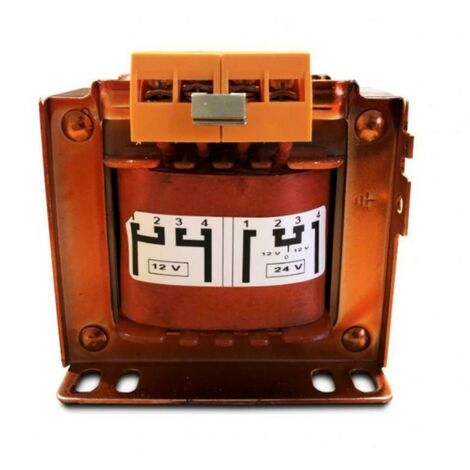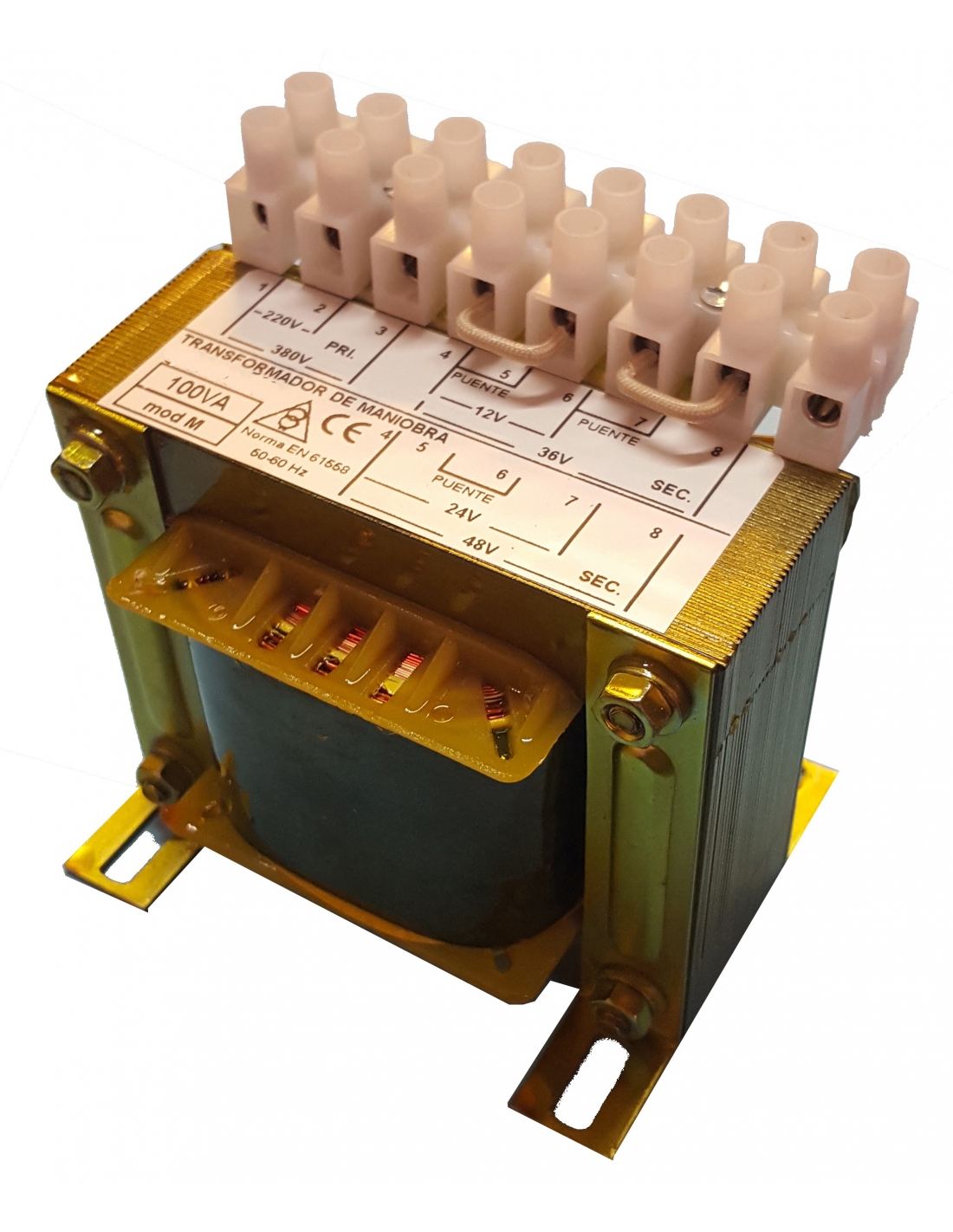
Transformateur de puissance 100W 220V DB-100VA 12V * 2 12V double robinet central 4A, EI86 - AliExpress

042842 Transformateur de sécurité primaire 230V à 400V et secondaire 12V~ à 24V~ - 100VA - professionnel | Legrand

ZAPION Transformateur de Puissance EI 86 * 43 100W CX-100VA 220V à 6V/9V/12V/15V/18V/24V/simple/double AC (Color : 220V Single V 2 Line, Size : AC18V) : Amazon.fr: Bricolage

042761 Transformateur de sécurité monophasé IP55 classe II primaire 230V~ et secondaire 12V~ - 100VA - professionnel | Legrand

Transformateur de puissance CA 220V / 50Hz EI86 * 43 db-100va 100W 220V à 12V * 2 doublent le robinet central de 12V 4A - AliExpress

Transformateur torique 120 VA primaire 230 V secondaire 2 x 12 V Block RTE 120/2x12 - Cdiscount Bricolage

Bk série 100VA 250VA 220V 12V pour transformateur abaisseur - Chine Transformateur de puissance, transformateur de distribution

Transformateur torique pour projecteur piscine - Halogène & Led - 230v - 12 V - 100 VA - H2o Piscines & Spas

Transformateur Ei 100w Cx-100va 220v À 6v/9v/12v/15v/18v/24v, Double Tension Ac (sortie Trois Fils) - Transformateurs - AliExpress

TRANSFORMATEUR 100VA 380V 220V/24V*2 Comparer les prix de TRANSFORMATEUR 100VA 380V 220V/24V*2 sur Hellopro.fr

Transformateur à montage sur châssis, Vin 230V c.a., Vout 24V c.a., 2 sorties, 100VA ( Prix pour 1 )














